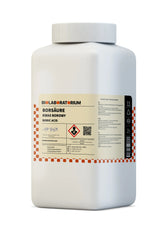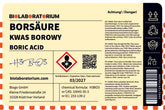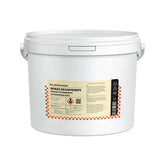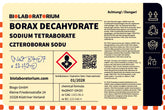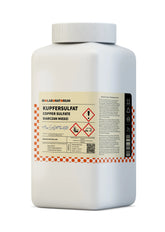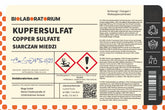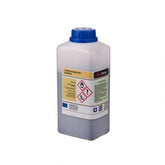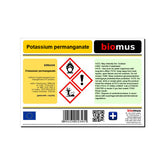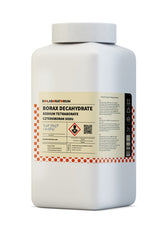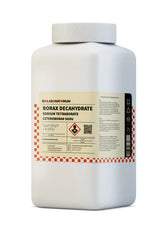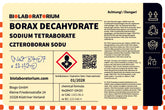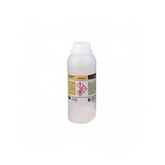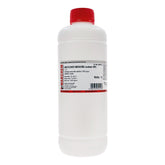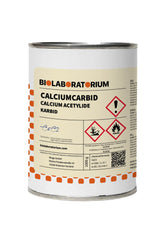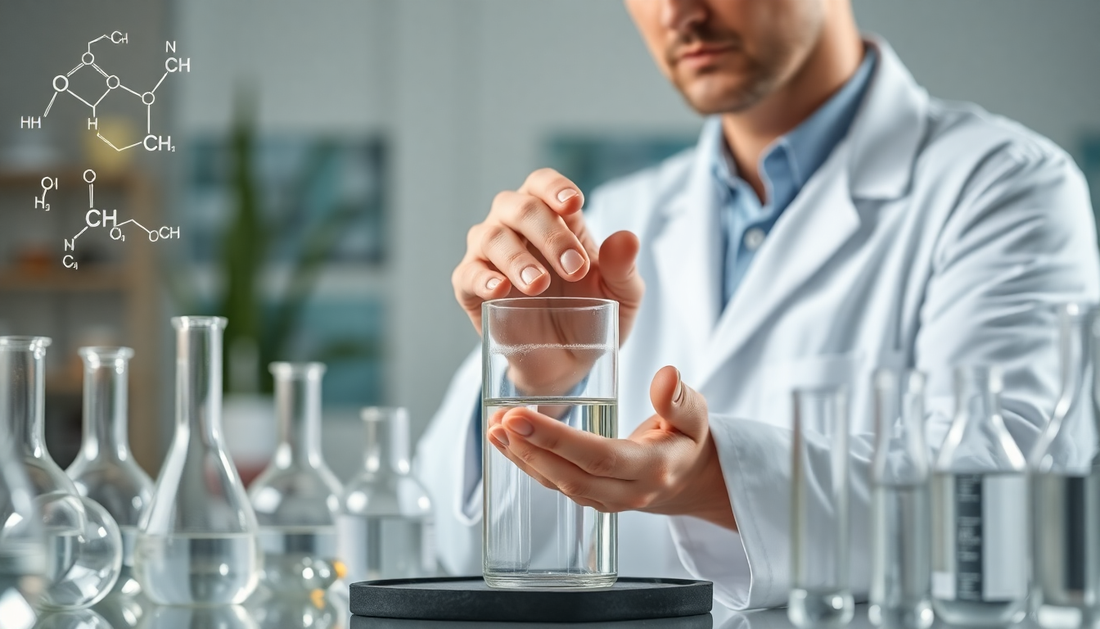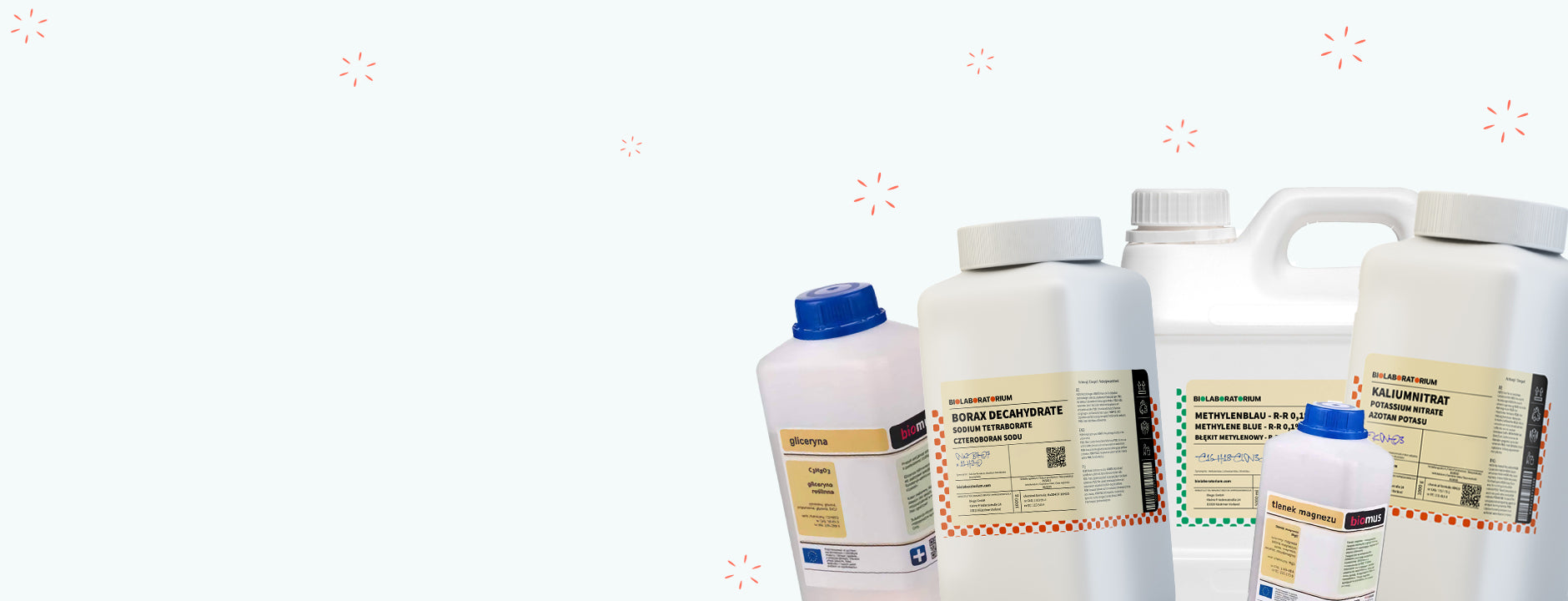Glycerin – a natural humectant in cosmetics and more
Glycerin is a versatile and useful substance found in a variety of products – from cosmetics to food. As a natural humectant, glycerin plays an important role in the care and maintenance of the skin. In this blog post, we will take a closer look at glycerin and its applications.
What is glycerin?
Glycerin, also known as glycerol, is a colorless, syrupy liquid with a sweet taste. It is a trivalent alcohol that is widespread in nature. Glycerin naturally occurs in fats and oils and is also obtained as a by-product in soap making.
Glycerin is a very versatile substance with numerous uses. It is not only used in cosmetic products but also finds applications in food, pharmaceuticals, and technical uses.
Glycerin in cosmetic products
One of the main uses of glycerin is in cosmetic products. As a natural humectant, glycerin helps to moisturize the skin and keep it supple and soft.
Glycerin attracts moisture and retains it in the skin. It penetrates deep into the epidermis, providing long-lasting hydration. This strengthens the skin barrier and protects the skin from drying out.
In addition, glycerin also has a cooling and soothing effect on the skin. It can relieve irritation and redness and make the skin overall smoother.
Due to these properties, glycerin is used in a variety of cosmetic products such as:
- Moisturizing creams and lotions
- Serums and ampoules
- Cleansing products
- Hair care products
- Lip care products
Glycerin plays an important role especially in moisturizing products for dry and sensitive skin.
Further applications of glycerin
Besides its use in cosmetic products, glycerin has many other applications:
Food
In the food industry, glycerin is used as a humectant, sweetener, and solvent. It is found in confectionery, baked goods, beverages, and other foods.
Pharmacy
In pharmacy, glycerin serves as a solvent, humectant, and plasticizer. It is used in medicines, ointments, and suppositories.
Technology
Technically, glycerin is used as a coolant, lubricant, and plasticizer. It is applied in the automotive industry, hydraulic systems, and plastic production.
Further applications
Additionally, glycerin is used in the manufacture of explosives, paints, inks, and candles. It can even be used in animal feed and agriculture.
Natural vs. synthetic glycerin
There are two main sources of glycerin: natural glycerin is obtained as a byproduct in the production of fats and oils. Synthetic glycerin, on the other hand, is produced from petrochemical raw materials.
Natural glycerin is usually purer and of higher quality than its synthetic counterpart. It contains fewer impurities and is therefore better suited for use in food, pharmaceuticals, and cosmetics.
Many consumers prefer natural glycerin because it is considered more sustainable and environmentally friendly. It is also often perceived as more skin-friendly.
Conclusion
Glycerin is an extremely versatile and useful substance found in many everyday products. As a natural humectant, it plays an important role especially in cosmetics, where it moisturizes and keeps the skin supple.
Furthermore, glycerin is used in food, pharmaceuticals, and technical products. Natural glycerin is generally of higher quality and more sustainable than synthetically produced glycerin.
Overall, glycerin is a fascinating substance with numerous applications – from skincare to technology. No wonder it is found in so many products that enrich our daily lives.

